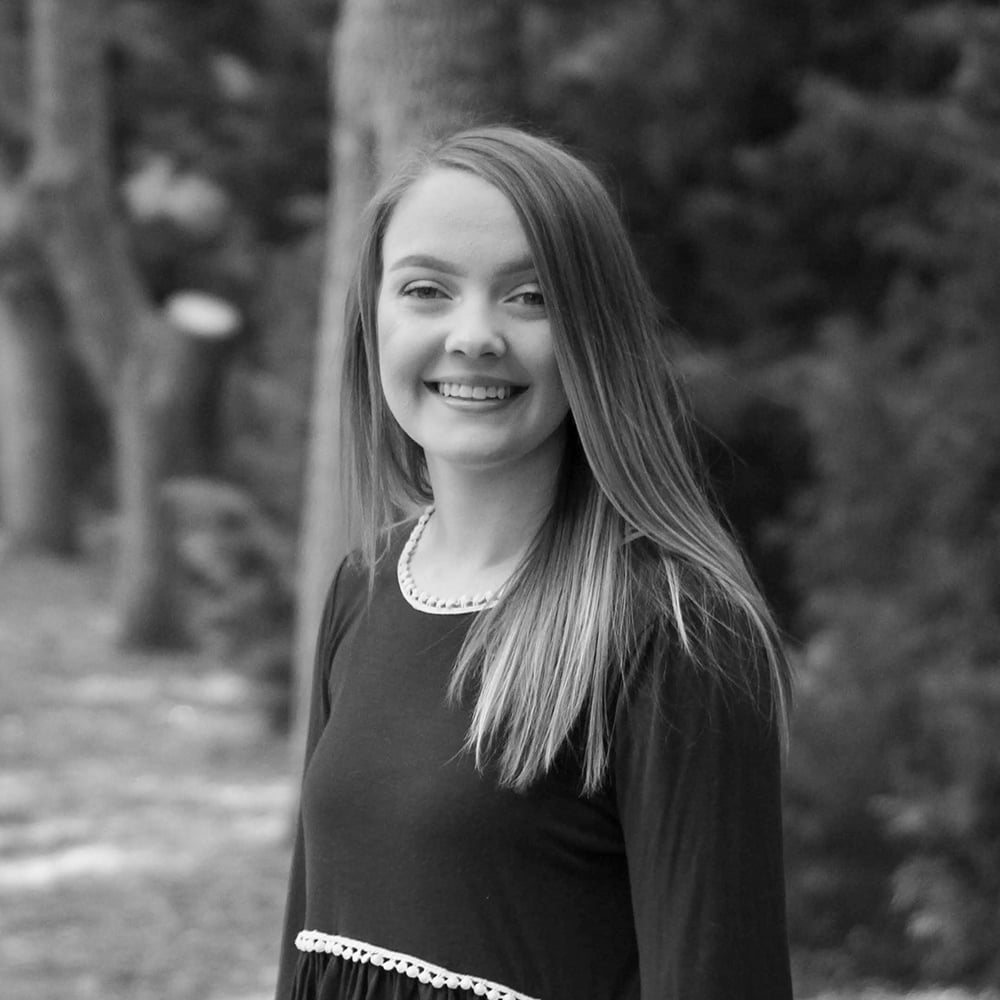Are you a lighting or electrical manufacturer? If so, we have just the thing for you! In this blog we will provide you with the most essential information that we’ve learned while helping countless other manufacturers in the lighting and electrical space. Our hope is to provide you with the necessary details you will need as you embark on your journey towards product compliance and sustainability.
Compliance Regulations for Lighting & Electrical Manufacturers
- CA Prop 65 - If you are selling your product anywhere in the state of California, this regulation applies to you
- Conflict Minerals - Are you using gold, tin, tantalum, and tungsten anywhere in your supply chain? If so, you’ll undoubtedly want to collect supply chain data to ensure ethical sourcing and conflict mineral compliance
- REACH & SCIP - Importing your products into the EU? If so, these regulations apply to you
- RoHS - Since your products likely contains electronic components (RoHS was created to address hazardous materials in electronics), this regulation should absolutely be on your radar
- TSCA - If your lighting or electrical product is manufactured, processed, distributed, or disposed of in the U.S., compliance with the Toxic Substances Control Act (TSCA) an important requirement
Not sure what these compliance regulations are, or need a refresher? Check out our Compliance Crash Course and TSCA blogs!
Sustainability Reports for Lighting and Electrical Manufacturers
- Health Product Declaration (HPD) - HPDs are a self-declared report containing a product’s ingredients in order to be screened against priority hazard lists. HPDs can also be used for green building certification through LEED or WELL, relevant for nearly everyone in the lighting and electrical industries
- Declare Label - Declare labels are also self-declared ingredient reports, commonly referred to as the nutrition labels for products, with the intention of communicating product transparency. Additionally, Declare Labels Certified products can often be used for Living Building Challenge projects, as well as LEED and WELL certifications
- LEED v4 - LEED is a green building certification system run by the U.S. Green Building Council. LEED v4 focuses especially on materials, making it relevant to manufacturers in the lighting and electrical industries. Click here to learn more about how Toxnot can help with LEED v4 credits.
Not familiar with these sustainability reports? Check out additional details here.
Digital Product Passports (DPP) - While DPPs are not yet required, changes making them required are anticipated in the next couple of years. DPPs on the Toxnot Exchange are a great way to communicate all of the above information to your customers on one platform.
Tips & Need-to-Knows
Other tips and need-to-knows that might be helpful to you as you’re starting your journey and getting familiar with the Toxnot Platform:
- You may be starting with very little to no bill of material (BOM) data. The first step is collecting a components list and your supplier contact information. Your components list needs to be comprehensive, including all parts that make up your final product. Your supplier contact information will ideally include an email address for primary communication and a phone number as backup.
- In order to pursue any of the above-mentioned compliance regulations or sustainability reports, full material disclosure (FMD) down to 100 ppm (at least) is necessary in order to fulfill the requirements.
- As a manufacturer in the lighting and electrical space, it’s likely that you source parts from other industries (i.e. wiring, finishes, coatings, etc) which can be time-consuming, depending on the component complexity and makeup. For this reason, supplier surveying and data collection will likely be the most demanding part of your compliance and sustainability journey.
- Product compliance and sustainability reporting are largely dependent on what your final product contains (i.e. conflict minerals, electrical components, etc.) and what markets you are selling into (i.e. the EU, the US, etc.). Go into this process understanding that each product/product line may have different requirements that require careful attention.
- In pursuing your sustainability reporting (i.e. Declare Labels and HPDs), understand that you often have the option to report on a representative product - a single product BOM that represents a variation of a product or a product line. In this case, you will want to be familiar with composite and alternatives functionality in Toxnot.
- If you are specifically pursuing a Declare Label, lighting and electrical products will likely qualify for some “small electrical components” exceptions. Refer to their Manufacturer’s Guide for additional information and details on what qualifies as an exception.
Toxnot is no stranger to working with lighting and electrical manufacturers. Customers like Legrand have many sustainability and compliance successes to show through their use of Toxnot as a solution. We understand that every sustainability journey looks different, but we are committed to helping you reach your goals regardless. Using the resources and tips outlined here, you can be well on your way to meeting your compliance and reporting commitments!
Sign up for a free Toxnot account today to get started!


